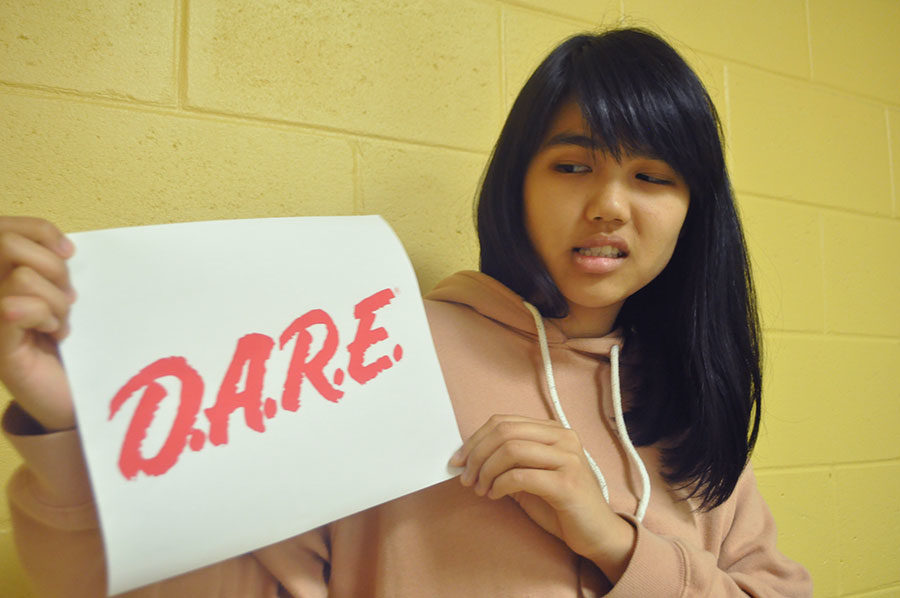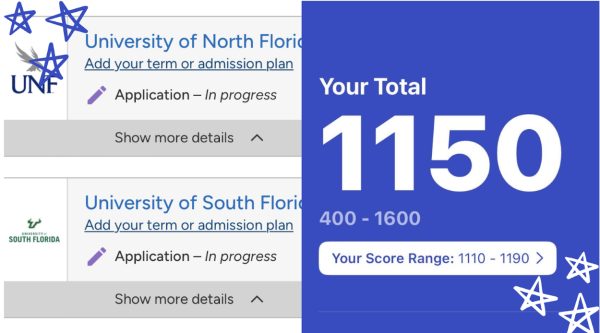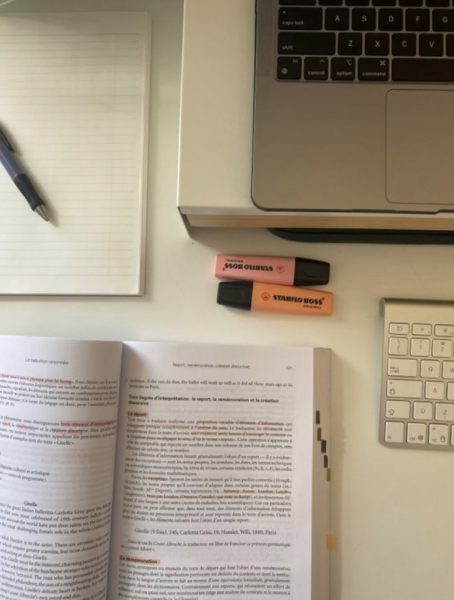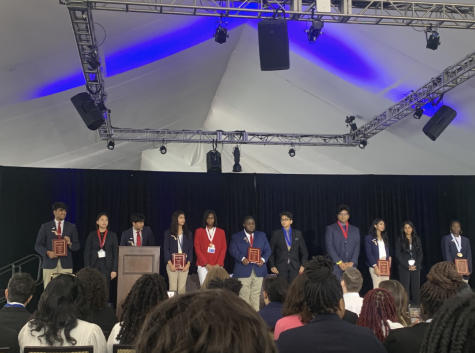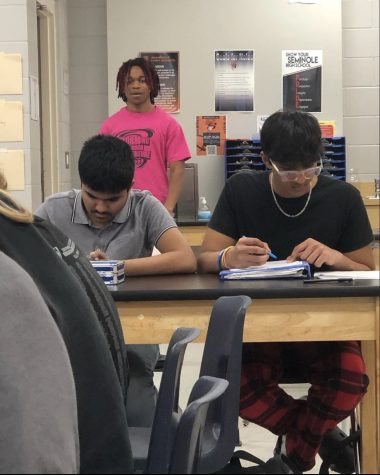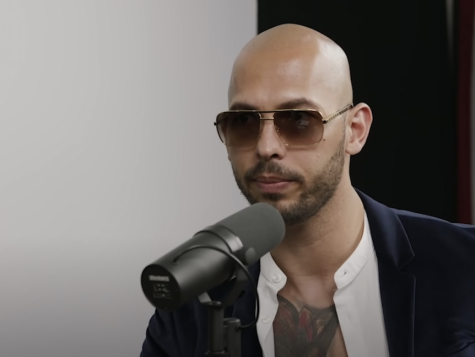BETTER DRUG EDUCATION NEEDED IN SCHOOLS
The failures of D.A.R.E. highlight the needs for revamped drug education.
March 13, 2017
For many teenagers, drugs are a devastating part of life. Statistics show that 75 percent of high school students have tried an addictive substance, such as marijuana, alcohol, or cocaine. For some, initial abuse can spiral into a much larger problem for which they cannot seek help, trapping them into a vicious cycle. In some areas in the country, drug abuse has blown to epidemic proportions in recent times, highlighting the dire need for reform.
However, this epidemic comes in light of an increased targeting of drugs among recent generations, starting with the so-called War on Drugs in the late twentieth century and manifesting itself in a variety of student intervention programs. Although anti-drug sentiments are still on the rise, the prevalence of substance-abusing teenagers leads many to question the efficiency of current drug education programs.
“There are a plethora of new drugs out there that children can get involved with,” said guidance counselor Marie Buchanan. “There are more drugs every day, and I think that a lot of students don’t know what they’re getting into a lot of the time. Education is really about making people aware of the dangers involved in it.”
Many Seminole students have memories of the widely used D.A.R.E. (Drug Abuse Resistance Education) program in elementary school, which focused on empowering students to reject drugs, based on the popular slogan “Just Say No.” However, not only have low success rates for the D.A.R.E. program discredited its curriculum, some students feel that much of its failure comes from the fact that the education wasn’t reinforced.
“I haven’t had a D.A.R.E. class since second grade,” said a student who wished to remain anonymous. “I hardly remember anything, except that I got a T-shirt. People thought it was a joke, and honestly it got kind of preachy. If you keep telling kids to say no, they want to say yes.”
When considering that 90 percent of addicted American adults started abuse when they were under 18 years old, it is imperative that drug education is implemented during the critical age where students are susceptible to peer pressure, widespread advertising, and media portrayal of drugs. This means bringing back a revamped drug program to middle schools and high schools. Ensuring that all students have access to research-based drug education has and can prove vital in shattering myths pervaded about drugs among high school students.
“One of the main [reasons to do drugs] is a feeling of invincibility, that you can do anything,” said Buchanan. “And coupled with peer pressure, why not? Programs must be relevant and have a strong basis in facts. Also, there should be continual education.”
According to several studies, effective drug education can decrease a student’s likelihood to abuse drugs, provided that they are administered at an appropriate time. This lends to the conclusion that not only are drug education programs effective in deterring students from substance abuse, they also return significant social and economic benefits to the community as a whole. For example, the nationally recognized Guiding Good Choices (GCC) program has delivered a $4.25 return for every federal dollar spent, making it a worthwhile investment for the community.
Substance abuse can be devastating to adolescents, many of whom have to fend their way through the world of drugs without proper guidance or even basic information. It is unthinkable that our current school system allows students to grapple with substances that have the power to destroy their lives with, at best, a half-hearted D.A.R.E. program in elementary school. In order to equip a new generation to deal with drugs responsibly, better drug education is a necessity.
“For my older brother, [drugs] have been a huge issue,” said the anonymous student. “I know it’s his own choice, but I sometimes wish that something could have made him think it through. I guess he thought it would be fun and it wouldn’t matter, or his friends were doing it. But he got into something bad, and it’s ruining his life.”

























